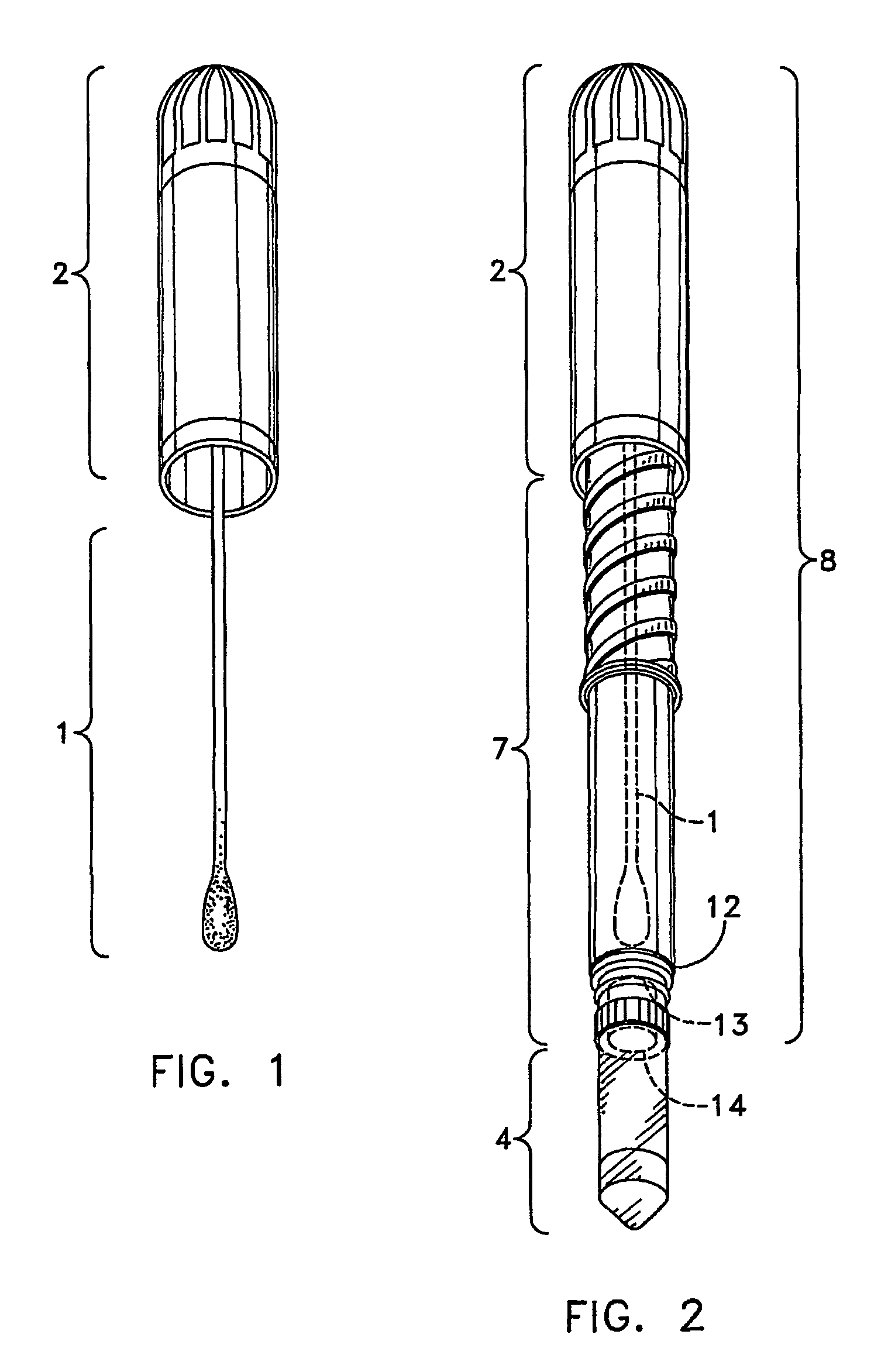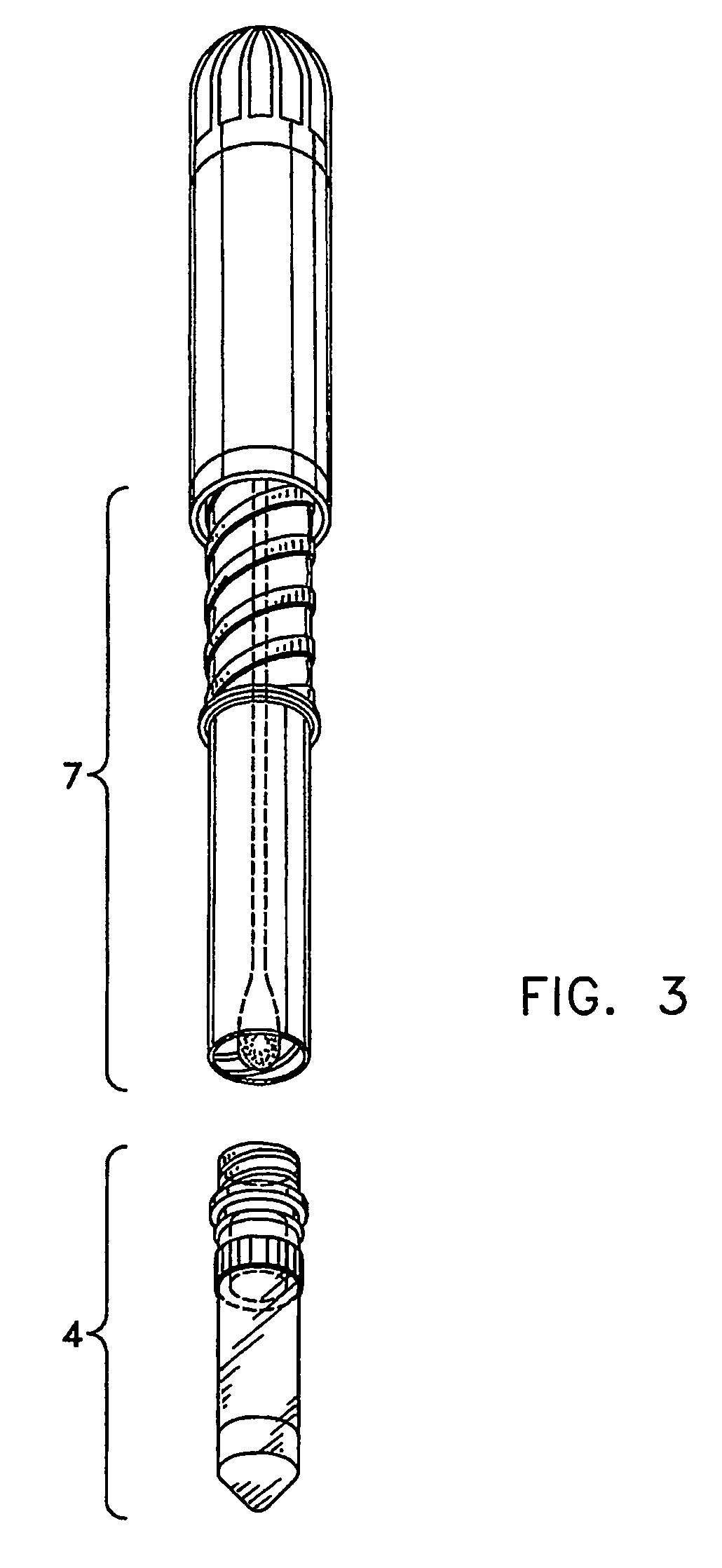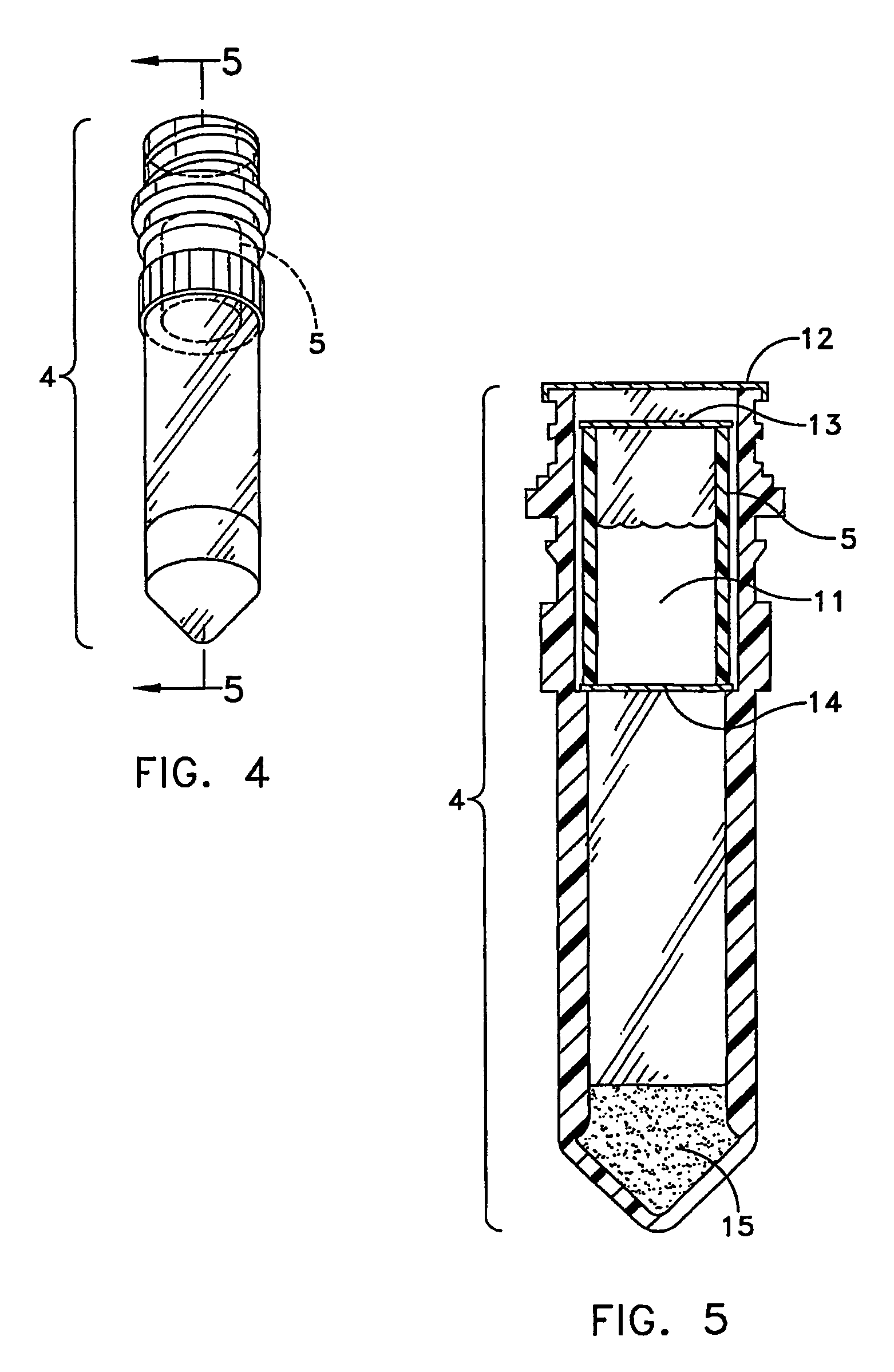Method for adjusting antibiotic sensitivity of a test culture
a test culture and sensitivity technology, applied in the field of adjusting the sensitivity of the antibiotic of the test culture, can solve the problems of contaminating the food supply, allergic reactions, and associated with undesirable residues, and achieve the effects of reducing the availability of antibiotics, reducing the influence of antibiotics on the growth organism, and prolonging the shelf life of pre-testing
- Summary
- Abstract
- Description
- Claims
- Application Information
AI Technical Summary
Benefits of technology
Problems solved by technology
Method used
Image
Examples
example 1
Preparation of Solid Culture (Agar Matrix)
The following culture can be used for detection of antibiotics and other inhibitors in a variety of matrices including, for example, urine, milk, water, poultry, seafood, feed and feed extracts and meat, such as kidney samples.
A Bromocresol purple (BCP) / Tris Solution was prepared by combining 25 mL of a Trizma Base solution (TBS), the solution including 2.5 grams Trizma Base in 100 mL of reverse osmosis / deionized water (RO / DI Water), with 100 milligrams of BCP and mixing well. The media was prepared by dissolving 5 grams glucose and 1 gram Mueller Hinton Broth (Mueller Hinton broth includes, in purified filtered water, 2 grams per liter (g / L) beef extract, 17.5 g / L casein hydrolysate acid and 1.5 g / L starch, pH 7.3 at 25 degrees C) into 100 mL RO / DI Water. Then a 0.01 mg / mL solution of trimethoprim in RO / DI Water was prepared and 1.2 mL was added to the media. Next 20 mL of BCP / Tris (sterile filtered through 0.45 micron filter) was added to ...
example 2
Single Service Test
The dispensed vial 4 was prepared as described in example 1. An extractant was prepared by adding 4.8 grams of 47.2% Trizma Base and 52.5% Potassium Phosphate Monobasic to 1000 mL RO / DI Water (pH should be 7.5+ / −0.10). The extractant was sealed within the niblet 5 and the niblet was added to the vial 4. The vial 4 was heat sealed with foil.
example 3
Single Service Kidney Swab Procedure
(Note: this procedure is described below using a format in which the swab is provided packaged within the test unit such as in the PocketSwab.)
The single service kidney swab procedure was run by first making a 3 inch incision into kidney. The swab 1 was then withdrawn from the test unit, the test unit in the form of a POCKETSWAB, by gently pulling and twisting the handle 2 out of the test unit body 7. The swab 1 was then inserted into the incision of the kidney and allowed to sit for 15 minutes to allow full absorption of liquid into the swab 1. The swab 1 was reinserted by gently pushing down and twisting to engage the threads 6 and screwing the handle down slowly about halfway. The swab tip 3 punctured the seals 12, 13&14 immersing the swab tip 3 into the extractant within the niblet 5 where it sat for 2 minutes. The swab 1 was then screwed down all the way. After shaking and tapping the vial 4 to get residual liquid into the bottom of the vial ...
PUM
| Property | Measurement | Unit |
|---|---|---|
| pKa | aaaaa | aaaaa |
| pKa | aaaaa | aaaaa |
| pH | aaaaa | aaaaa |
Abstract
Description
Claims
Application Information
 Login to View More
Login to View More - R&D
- Intellectual Property
- Life Sciences
- Materials
- Tech Scout
- Unparalleled Data Quality
- Higher Quality Content
- 60% Fewer Hallucinations
Browse by: Latest US Patents, China's latest patents, Technical Efficacy Thesaurus, Application Domain, Technology Topic, Popular Technical Reports.
© 2025 PatSnap. All rights reserved.Legal|Privacy policy|Modern Slavery Act Transparency Statement|Sitemap|About US| Contact US: help@patsnap.com



